
Aerospace engineering thrives on perfection, and CNC machining delivers it. From jet engine turbines to satellite brackets, every prototype demands surgical precision. Let’s explore why this technology is the backbone of aerospace innovation.
CNC machining produces aerospace prototypes with tolerances as tight as ±0.003mm, handles heat-resistant superalloys, and meets strict AS9100/ISO 13485 certifications.
If you’re designing components for extreme environments, here’s what matters in aerospace-grade machining.
Why CNC Machining is Essential for Aerospace Prototyping?
Modern aircraft rely on components that withstand supersonic speeds, cosmic radiation, and cryogenic temperatures. Traditional manufacturing can’t match the precision or material versatility that CNC offers.
Five-axis CNC machines1 carve titanium turbine blades with cooling channels thinner than a human hair – critical for engines that must survive 1,500°C exhaust gases.
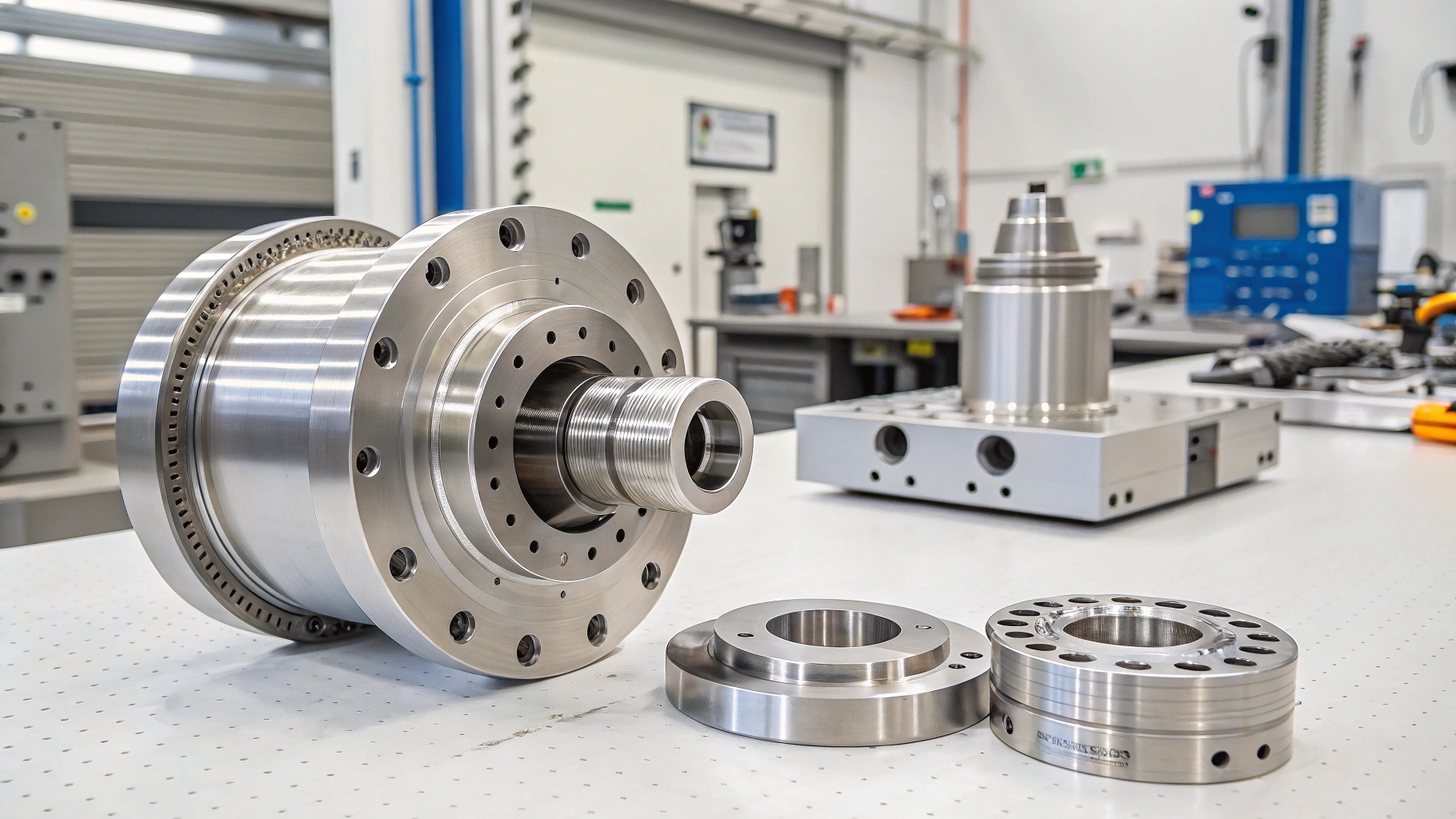
The Thin-Wall Machining Dilemma
I recently worked on a helicopter transmission housing requiring 0.8mm-thick aluminum walls. Our team used adaptive toolpaths2 to minimize vibration, finishing with a 2mm ball-nose cutter at 15,000 RPM. The result? Parts that passed 200-hour fatigue testing.
Materials That Defy Conventional Tools
Inconel 7183, used in rocket nozzles, is notorious for hardening during cutting. Our solution? High-pressure coolant (1,000 psi) and ceramic inserts that withstand 300m/min surface speeds.
| Material | Cutting Speed (SFM) | Tool Life (minutes) |
|---|---|---|
| Aluminum 7075-T6 | 1,200 | 120 |
| Titanium Grade 5 | 180 | 25 |
| Inconel 718 | 60 | 15 |
Key Aerospace Components Manufactured with CNC Machining?
Every Airbus A350 has over 1,200 CNC-machined titanium parts4. These aren’t just metal blocks – they’re life-or-death safety components.
Critical aerospace parts made via CNC include turbine disks, wing spar fittings, landing gear trunnions, and satellite reaction wheel housings.
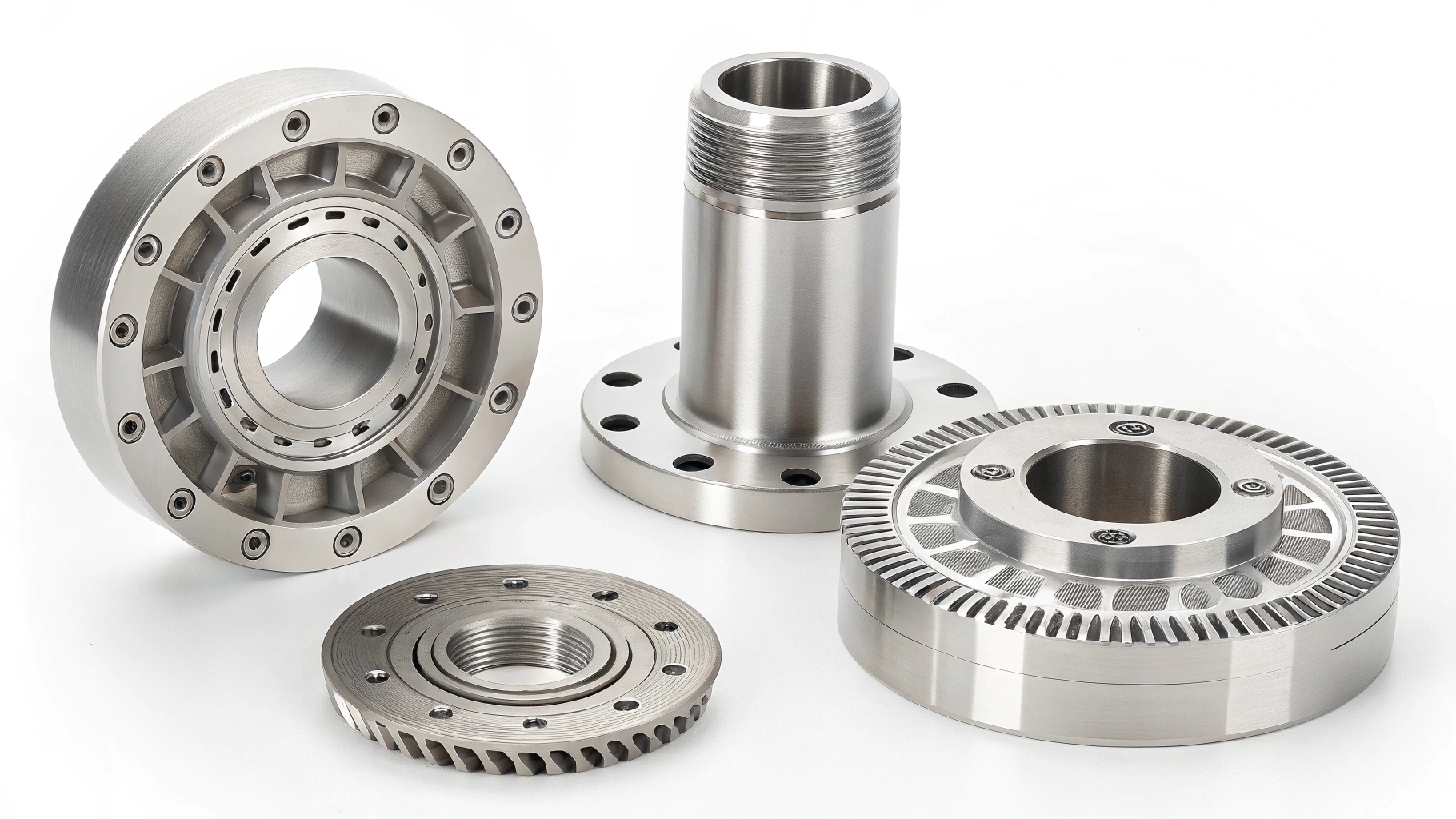
Case Study: Satellite Antenna Brackets
A client needed 150 magnesium brackets for a LEO satellite constellation. The catch? Strict weight limits (under 180g each) and -80°C thermal stability. We used 5-axis contouring to remove 92% of raw material while maintaining 0.02mm flatness.
Engine Component Reality Check
Jet engine combustor swirlers require:
- Internal cooling channels with 0.25mm radius
- Surface finishes below Ra 0.4µm to prevent crack initiation
- Electropolishing to remove micro-burrs
Material Selection for Aerospace Prototypes?
Choosing the wrong alloy once cost a client $430K in failed vibration tests. Here’s how we avoid that nightmare.
Top aerospace materials include Ti-6Al-4V for strength-to-weight ratio5, Invar 36 for thermal stability, and PEEK-CF for non-magnetic sensor mounts.
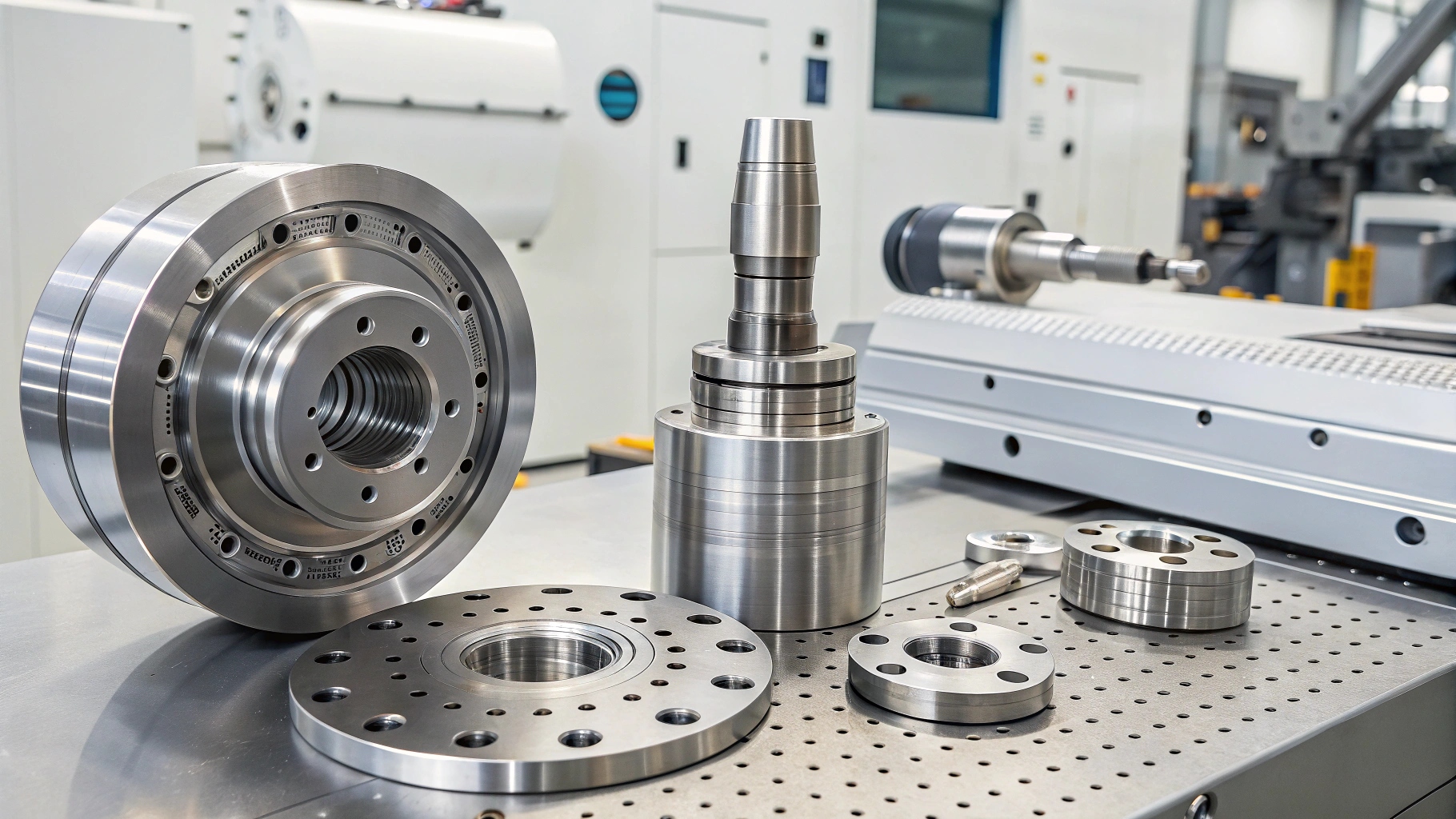
Battle of the Titaniums
- Grade 5 (Ti-6Al-4V): Ideal for airframes, but requires low-feed trochoidal milling
- Grade 23 (ELI): Better fracture toughness for medical implants in air ambulances
- Beta-C: 40% lighter for Mars rover components
Composite Nightmares
Carbon fiber-reinforced polymers (CFRP)6 delaminate if cut incorrectly. Our secret? Diamond-coated tools and vacuum fixtures that dampen harmonic vibrations.
| Material | Machining Challenge | Solution |
|---|---|---|
| Aluminum-Lithium | Reactive to coolant | Dry machining with air blast |
| Hastelloy X | Work hardening | Climb milling & high feed |
| CFRP | Fiber pullout | Ultrasonic-assisted cutting |
Challenges in CNC Machining for Aerospace Applications?
A misaligned landing gear component once caused a six-month project delay. Now we laser-check every fixture hourly.
Top challenges: Residual stress warping thin parts ±0.1mm7, $800/hr downtime costs from tool breaks in Inconel, and traceability requirements for 10+ years.
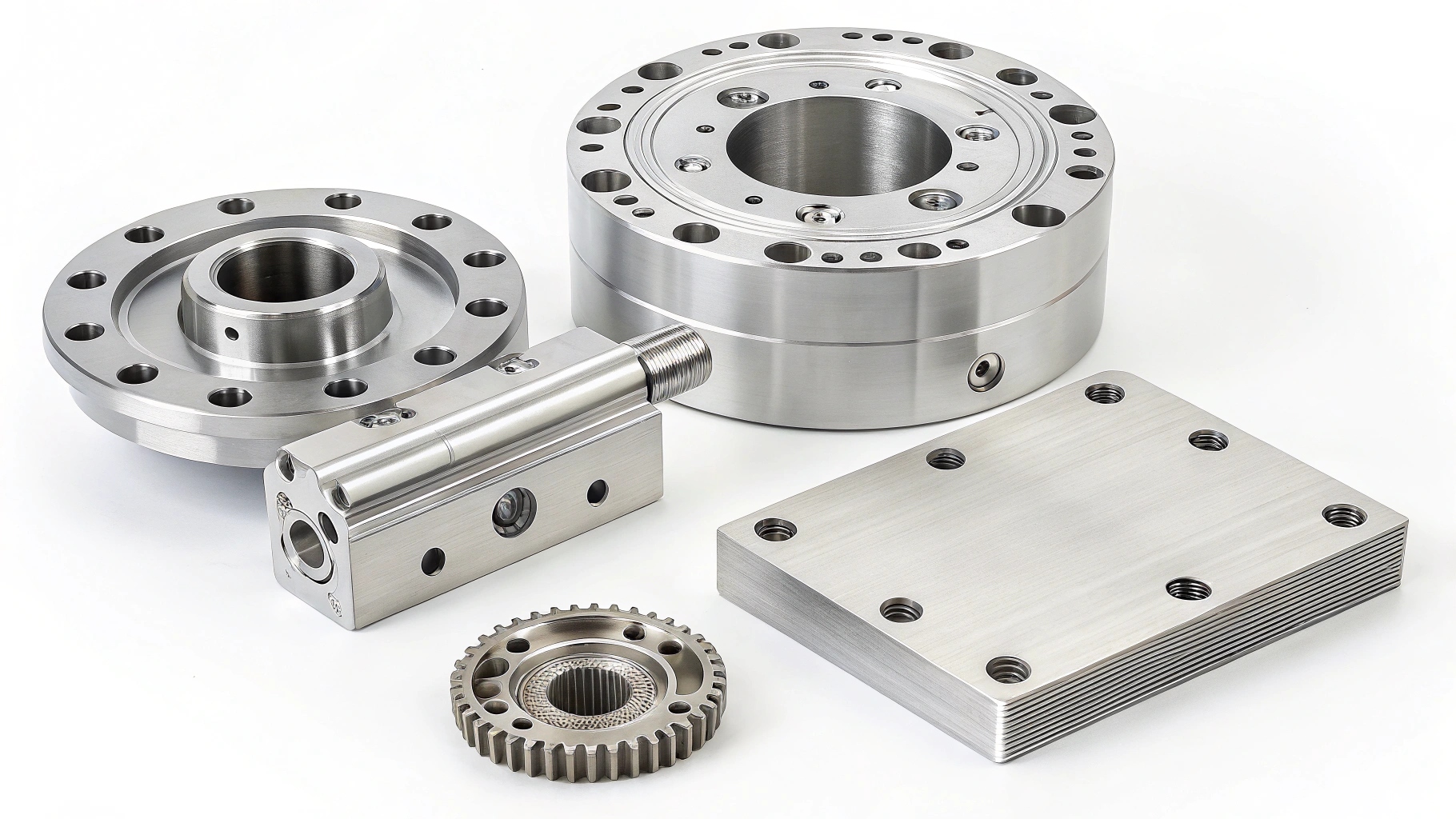
Thermal Growth Catastrophes
For a 2m-diameter aluminum radar dish:
- Machine shop kept at 20°C±1°C
- Compensated for 0.008mm/°C expansion coefficient
- Post-machining cryo-stabilization at -196°C
Tool Life Optimization
In titanium machining:
- Monitor acoustic emissions for chip jams
- Use tool presetters that measure within 2µm
- Apply HiPIMS-coated end mills lasting 3x longer
Quality Control and Certification Standards in Aerospace Prototyping?
A missing material cert once grounded an entire fleet. Now our digital twins include 137 data points per part.
Mandatory certifications: AS9100 for quality systems8, NADCAP for special processes9, and FAA FAR 21.143 for flight-critical parts.
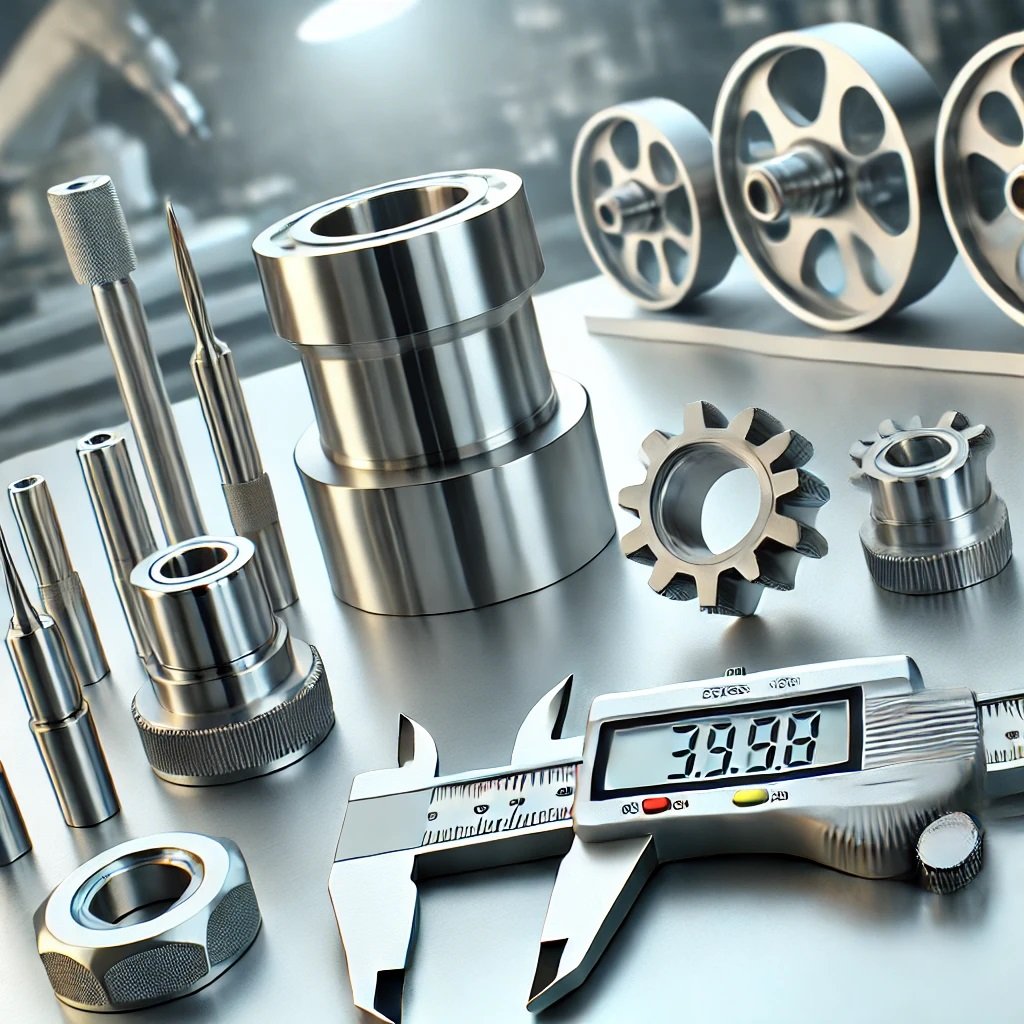
Inspection Arsenal
- Laser trackers for 3D airframe measurements (±0.015mm)
- Eddy current testing for subsurface flaws in turbine blades
- Cross-polarized light inspection of composite layups
Paper Trail Perfection
- Mill certs with heat number traceability
- Full GD&T reports per ASME Y14.5-2018
- Machine logs showing vibration <0.2g during cuts
| Standard | Requirement | Our Capability |
|---|---|---|
| AS9102 | FAIR reports | 100% feature coverage |
| AMS2750 | Heat treat uniformity | ±3°C chamber control |
| ASTM E1444 | NDT crack detection | 0.3mm flaw visibility |
Conclusion
Aerospace prototyping demands more than fancy machines – it requires relentless attention to detail. From battling thermal distortion in giant antenna reflectors to preventing micro-fractures in turbine blades, CNC machining bridges imagination and airworthiness. Need parts that fly before they leave the hangar? Let’s discuss precision that defies gravity.
-
Explore how Five-axis CNC machines enhance precision and efficiency in aerospace prototyping, crucial for modern aircraft components. ↩
-
Discover the advantages of adaptive toolpaths in CNC machining, particularly for complex aerospace components requiring precision. ↩
-
Learn about Inconel 718's unique properties and its critical role in aerospace, especially in high-temperature environments. ↩
-
Explore how CNC machining enhances the safety and performance of aerospace components, ensuring reliability in critical applications. ↩
-
Learn about the exceptional properties of Ti-6Al-4V and its significance in aerospace engineering for optimal performance. ↩
-
Discover the complexities of machining CFRP and the innovative solutions to prevent delamination and ensure quality. ↩
-
Understanding residual stress can help improve machining accuracy and reduce defects in aerospace components. ↩
-
Exploring AS9100 certification can enhance your knowledge of quality management systems crucial for aerospace manufacturing. ↩
-
Learn about NADCAP certification to ensure compliance with industry standards for special processes in aerospace applications. ↩

